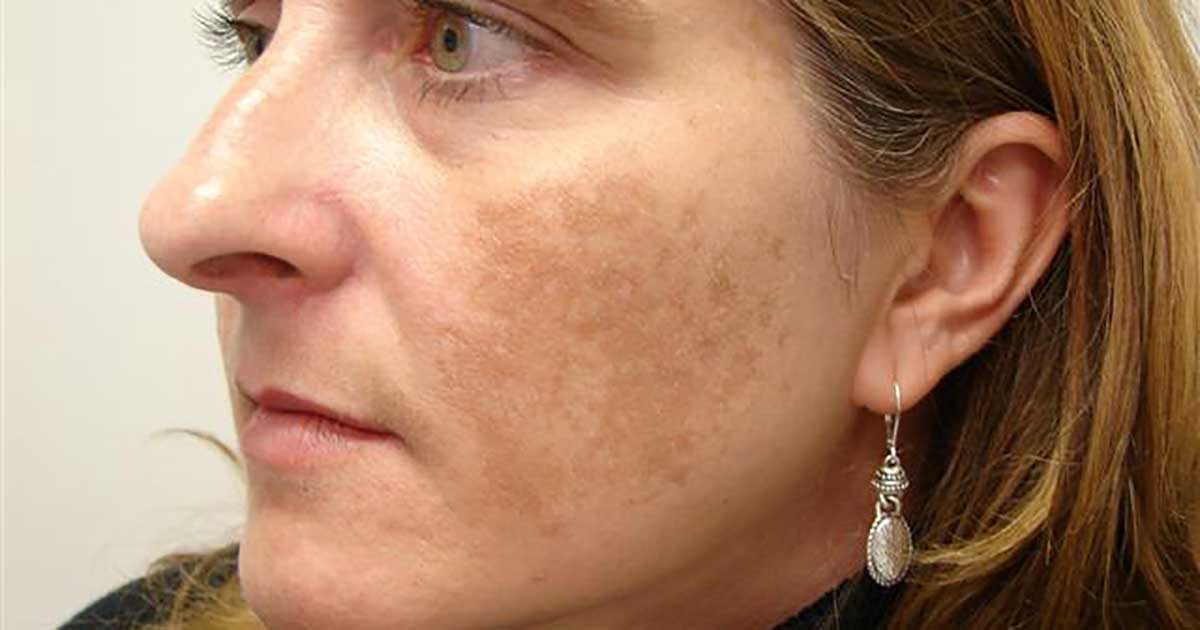What Exactly is Melasma?
Melasma sounds a lot more terrifying than it is, which is a widespread skin condition that presents itself primarily on the face. Melasma can be gray or gray-brown patches of skin that occur commonly on the nose, cheeks, and forehead, but it is not uncommon in any area of the face. Some notice that melasma appears on their arms and neck if they spend ample time in the sun. Although melasma is not a deadly health problem, it is still rather difficult to live with. Understanding the causes of melasma is the first step to proper diagnosis and treatment.
What Causes Melasma?

Melasma is not the result of anything specific that medical professionals have discovered at this time. In most instances, it seems to occur in people who have too much pigment in their melanocytes - the cells in the skin that determine the color of the skin. If they produce too much color in specific areas, an individual might notice the onset of melasma on their skin. What causes these cells to produce too much pigment is as still unknown, but it does seem more common in areas that are exposed to sunlight more frequently than others. This is why the condition most commonly affects the face, arms, and neck in most people living with melasma.
Who Develops Melasma?

Although there is no exact way to pinpoint who will develop melasma based on specific skin tone or ethnicity, there are some individuals who are more likely to have this skin condition over others. Women tend to have melasma more often than men; only ten percent of those who live with melasma are male. Of those men, the majority have darker skin tones. While patients with lighter skin can certainly develop melasma, it has been most commonly found in those who have a naturally darker skin tone; such as people of Hispanic, Latin, African, Asian, Indian, Mediterranean, and Middle Eastern descent. It is presumed that this is the result of darker skin tones having a higher tendency to develop color more naturally.
